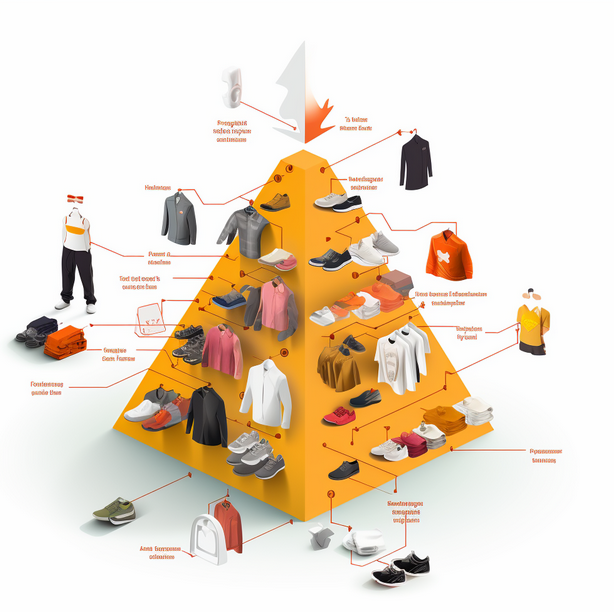In the world of retail, organization and strategy are two pillars that ensure success. One important tool that retailers use to manage their product assortment is the merchandise hierarchy. This critical concept plays a pivotal role in guiding buying decisions, managing inventory, and driving sales.
If you want to check our tools for merchandise hierarchy, please visit our website : https://www.productcategorization.com
Our AI classifier is used with great success by multinational companies, unicorn startups, AdTech, online stores, Saas platforms, individuals and others.

What is a Merchandise Hierarchy?
A merchandise hierarchy is a structured framework that categorizes the products in a retail store. This classification is typically done in a top-down manner, starting from broader categories and narrowing down to specific items. The hierarchy usually consists of multiple levels, including department, category, sub-category, and SKU (Stock Keeping Unit).
For instance, in a clothing store, a merchandise hierarchy might start at the ‘Men’s Clothing’ department, progress to ‘Shirts’ category, then to ‘Casual Shirts’ sub-category, and finally arrive at a specific SKU, such as ‘Men’s Blue Cotton Casual Shirt, Size M’.
Why is Merchandise Hierarchy Important?
Merchandise hierarchy serves several crucial purposes in retail:
- Inventory Management: It allows retailers to organize their inventory in a systematic way. This structure makes it easier to track, replenish, and manage inventory levels.
- Buyer Decision-making: It aids in making informed buying decisions by providing a clear view of product performance at every level of the hierarchy. For instance, if sales of ‘Casual Shirts’ are declining, the buyer can decide to purchase fewer units in the next order.
- Store Layout and Visual Merchandising: It guides the arrangement of products within the store. Items from the same category are typically grouped together, which enhances the shopping experience for customers.
- Sales Analysis and Forecasting: By analyzing sales at each level of the hierarchy, retailers can identify trends and patterns, which can be used for forecasting future sales and planning promotional strategies.

Building an Effective Merchandise Hierarchy
Creating an effective merchandise hierarchy involves careful consideration and planning. Here are a few tips:
- Understand Your Customers: The hierarchy should reflect the shopping behavior of your customers. If you are a book retailer, for example, it might make more sense to categorize by genre rather than by author.
- Flexible Yet Consistent: The structure should be flexible enough to accommodate new products or categories, but it should also maintain consistency so that data tracking and analysis can be accurate.
- Balanced Depth and Breadth: Too many levels in the hierarchy can lead to complexity, while too few may not provide sufficient details for analysis. The key is to find a balance.
- Regular Review and Update: As the retail market evolves, so should your merchandise hierarchy. Regularly review and update the structure to ensure it remains relevant and effective.
Leveraging Technology
With advancements in technology, retailers can now leverage data analytics and AI to optimize their merchandise hierarchy. Software solutions can help to automate hierarchy management, provide real-time inventory tracking, and offer data-driven insights for decision-making.
In addition, AI can help in creating dynamic merchandise hierarchies that adapt to changing customer behaviors and market trends. This can lead to more accurate demand forecasting and improved inventory management.
Conclusion
In conclusion, a well-structured merchandise hierarchy is a fundamental tool for retail success. It not only helps in organizing inventory but also aids in important strategic decisions. With the use of technology, retailers can further enhance the effectiveness of their merchandise hierarchy, leading to improved operational efficiency and customer satisfaction. Remember, the key to a successful retail business lies in the details, and the merchandise hierarchy is all about focusing on those details.



